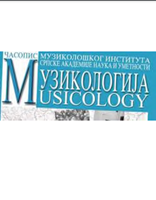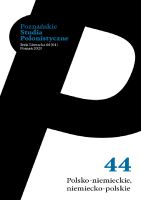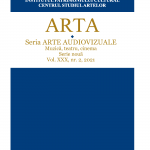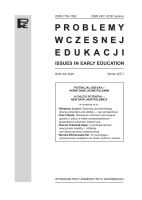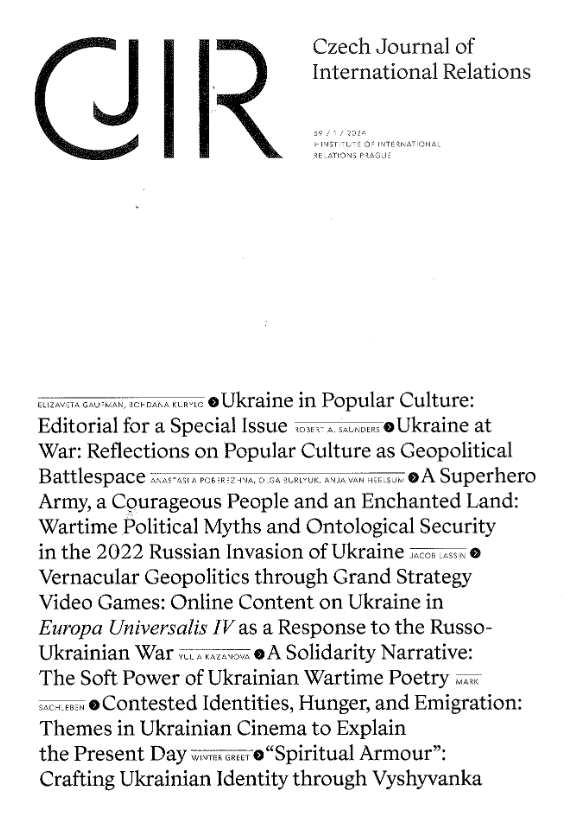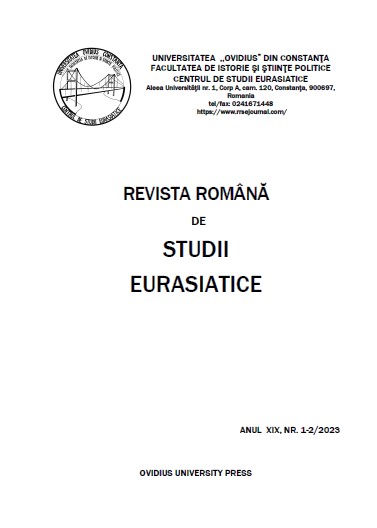Author(s): Elfrida Coroliova / Language(s): Romanian
Issue: 2/2022
The present article analyses the performances of the Moldovan Academic Musical Dramatic State Th eater „A.S. Pushkin” staged in the 1970s, in which cultural and civic identities were manifested, and namely: Egor Bulâciov and others by M. Gorki, Th e tiger and the hyena by S. Petőfi , Th e armored train 14-69 by Vs. Ivanov, Romeo and Juliet by W. Shakespeare, On the Night of a Moon Eclipse by M. Karim, Th e Inspector General by N. Gogol, Beyond the Green Door by R. Ibraghimbekov, Th e Blue Deer by A Kolomieț, An interview in Buenos Aires by H. Borovik, Servant to two masters by C. Goldoni, As long as we are going live by O. Iosseliani, Th e Prize by A. Ghelman, Night Asylum by M. Gorki, Solo for the clock by O. Zagradnic, the trilogy Th e Paths, A boat in the forest and Th e Dogs by N. Haitov, Th e Lark by J. Anouilh. Th e article also examines the shows marked by cultural, national and civic identities, among them: Love is not a bad counsel by A. Marinat, Th e Birds of our youth by I. Druță, Two girls and a nanny by V. Alecsandri, Th e Leader by D. Matcovschi, Childhood Memories and Harap Alb (Once upon a time…) by I. Creangă, Father by D. Matcovschi.
More...
